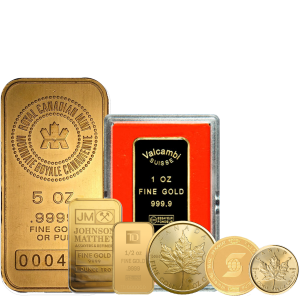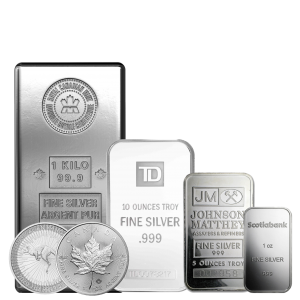

Nickels Articles

Shield Nickel (1866 - 1883)
The Shield Nickel is significant in American coin collecting because it was the first nickel five-cent coin.
Read More
Liberty Nickel (1883 - 1913)
The Liberty Head Nickel, often known as the V-Nickel, is called for the design that appears on the reverse of the coin.
Read More
Buffalo Nickel (1913 - 1938)
Among the most well-known coins in American history, the Buffalo Nickel—often known as the Indian Head Nickel—was made by the United States Mint between 1913 and 1938.
Read More
Image Courtesy of Professional Coin Grading Service (PCGS.com)
The Introduction and Evolution of Nickels
The Nickel, a five-cent coin, was first introduced by the United States Mint in 1866, replacing the silver half-dime. Its creation was partly driven by the need for a more durable and practical coin during the post-Civil War period when silver was scarce. Made primarily of copper and nickel alloy, these coins quickly became an essential part of everyday transactions, offering a sturdy and long-lasting alternative to silver coinage. Over time, the Nickel has become a staple in American commerce and a popular denomination among collectors.
Notable Designs Throughout History
Nickels have undergone several design changes that reflect different eras of American history. The Shield Nickel (1866–1883) was the first in the series, followed by the Liberty Head or "V" Nickel (1883–1913). The iconic Buffalo Nickel (1913–1938) remains one of the most beloved designs, featuring a Native American portrait on the obverse and an American bison on the reverse. The Jefferson Nickel, introduced in 1938 and still in production today, highlights President Thomas Jefferson and his Monticello estate, representing stability and continuity in U.S. coinage design.
Collectibility and Historical Importance
Nickels offer a fascinating area of study for numismatists due to their variety, historical context, and occasional rarity. Key dates, mint errors, and limited mintages make certain Nickels highly desirable among collectors. Whether it’s the elusive 1913 Liberty Head Nickel or unique war-time issues made with silver and manganese, each coin serves as a small yet significant artifact of American history, capturing the nation's cultural and economic shifts over the decades.








